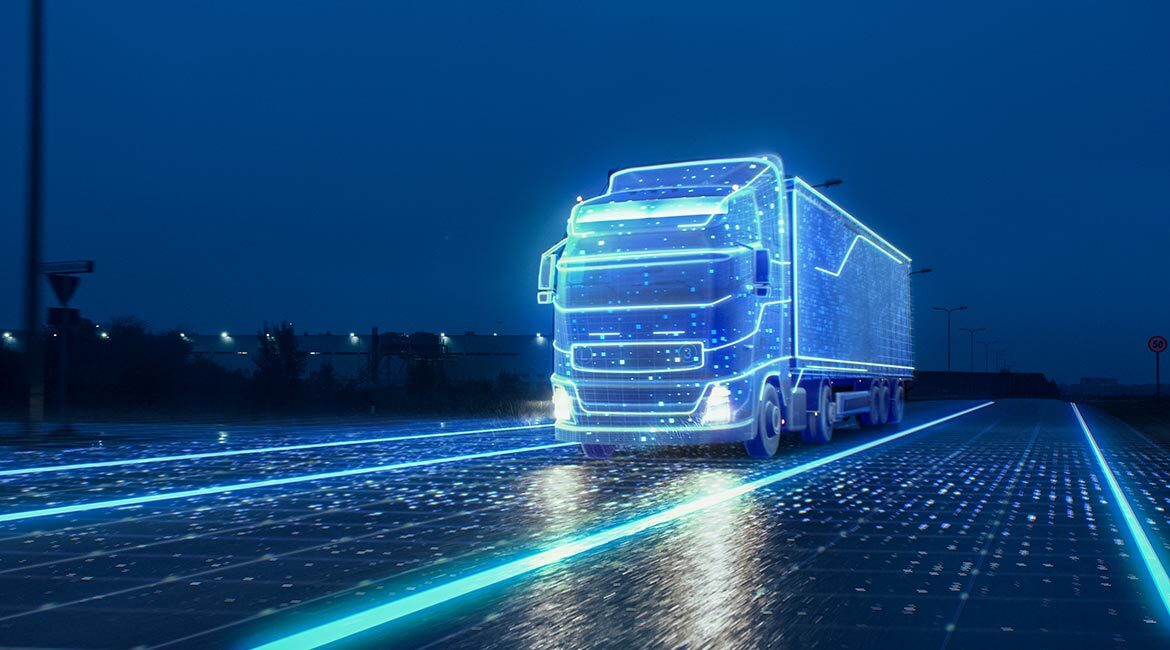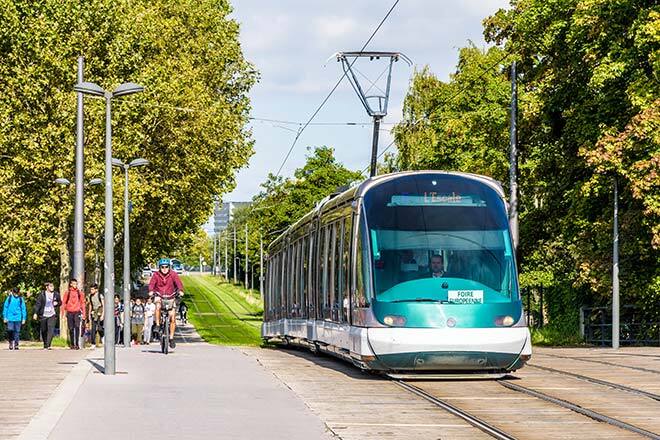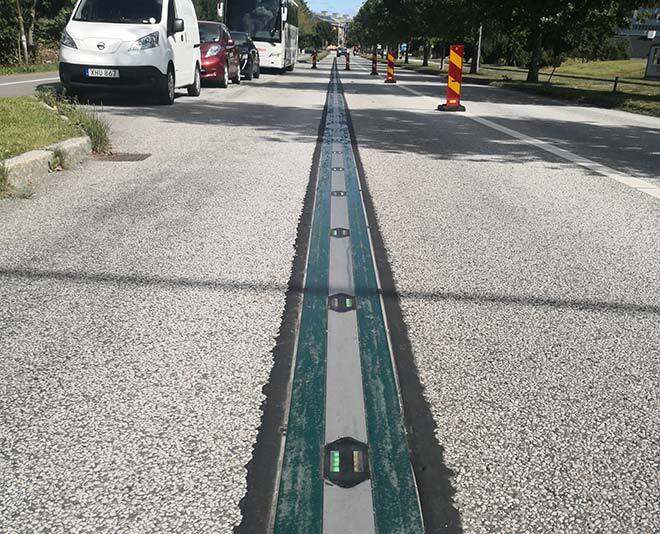From Electric Roads to Modern Railroads

Purchased on Istockphoto.com. Copyright.
The climate crisis is forcing us to rethink the way we build and maintain roadways. We now need to integrate non-conventional materials—recycled or bio-based materials—in order to improve their performance while reducing their ecological footprint. Behavioural studies on asphalt mixed with added “foreign elements” point the way to new possibilities. What if pavement became more functional?
Integrating sensors, for example, could provide information on pavement conditions and help managers make decisions. In the context of autonomous cars, roadways could contribute to an exchange of information and facilitate traffic management. But there is more. Roadways could become a source of energy, charging cars and trucks as they drive over them.
The Electrification of Transportation
More than a third of Canada’s greenhouse gases are caused by ground transportation. The biggest barrier to driving electric vehicles is the lack of fast-charging stations, especially for heavy trucks. To overcome this issue, attempts are being made to increase the range by manufacturing larger batteries, which not only make vehicles heavier but also increase their environmental footprint. If road segments were to recharge batteries, battery size could be reduced, and the transition to all-electric transportation would be facilitated.
Three Options for Electric Roads
Around the world, three systems are currently being studied to enable roads to recharge vehicles: overhead catenary, embedded rail and induction loops. The technology in the most advanced development state is the catenary, which has already been used for several years to power trains.

A catenary-powered streetcar
However, in addition to disfiguring the landscape, the catenary requires facilities that limit the type of vehicles that can connect it to buses and large trucks. This solution cannot be applied to personal vehicles.
Embedded rails are less conspicuous than catenaries but complicate road maintenance because the road is literally split in two. In our climate, they must also be able to withstand snow removal operations. In addition, they make driving less intuitive, as the car must drive precisely over them in order to recharge.

An electricity-conducting rail developed by Elonroad (Sweden)
Induction loops are devices that are buried deeper within the roadway; they are made of copper wire coils in which an electric current flows. The magnetic field excites the coil located in the car, which charges the battery. The great advantage of this technology is that it is buried deeper: you don’t have to change the way the road is maintained. In addition, the driving experience is not affected in any way. This method of recharging has significant advantages.
However, inserting objects into pavements raises many questions about resistance, particularly because it may influence compaction and load distribution. Our team will focus on characterizing the mechanical behaviour of inductive pavements and evaluating the effect of loop geometry and surface properties in a northern climate.
Railroad Upgrades
Trains are also part of the solution to making passenger and freight transportation more sustainable. Yet, the way railroads are built is largely based on empirical methods developed a hundred years ago. These days, a lack of fundamental knowledge prevents us from optimizing ways of doing things, like reducing the thickness of certain layers of materials. As a first step, our research team is seeking to better understand railroad track behaviour in order to propose improvement measures that would reduce construction costs and time.
A Better Understanding of Materials and Structures
Transportation is central to our economy. Only a better understanding of the mechanical and chemical behaviours of the materials that make up our infrastructure and their interactions in the structure will help us improve performance and durability.



